Table of Contents
Lower back pain while studying can be a common problem for many students and can be caused by prolonged sitting in a poor posture. This can lead to increased stress on the back, neck, arms, and legs, and can add a tremendous amount of pressure to the back muscles and spinal discs. In this article, we will discuss the symptoms, solutions, and home remedies for lower back pain while studying.

Table of Contents
- Introduction
- Symptoms of Lower Back Pain While Studying
- Sciatica
- Lumbago
- Herniated Disc
- Sacroiliac Joint Pain
- Covid Back Pain
- Right Side Back Pain
- Left Side Back Pain
- Solutions for Lower Back Pain While Studying
- Home Remedies for Lower Back Pain While Studying
- Cold and Heat Therapies
- Knee-to-Chest Stretch
- Massage
- Lumbar Back Pillows
- Decompress Spine at Home
- Effective Home Remedies for Back Pain Relief
- Anti-Inflammatory Drinks
- Release Your Inner Endorphins
- Exercise Your Core
- Hot and Cold Therapy
- Restorative Sleep
- Adjust Your Posture
- Complementary Therapies
- Decompress Spine Exercise for Back Pain Relief
- Dead Hang Spine Decompression
- Hang on Sturdy Objects
- Kneel to Stretch the Back
- Lift Your Body Using Side by Side Objects
- Decompress Spine Using Couch or Table
- Conclusion
- Additional Resources
Symptoms of Lower Back Pain While Studying
Lower back pain can be characterized by a dull ache or sharp pain in the lower back area. It can also be accompanied by stiffness, muscle spasms, and difficulty moving the back. In some cases, the pain can radiate down to the legs, which is known as sciatica. Other conditions that can cause lower back pain include lumbago, herniated disc, and sacroiliac joint pain.
Here is a brief overview of each condition:
- Sciatica: This condition is caused by the compression of the sciatic nerve, which runs from the lower back down to the legs. It can cause pain, numbness, and tingling in the lower back, buttocks, and legs.
- Lumbago: This is a general term used to describe lower back pain. It can be caused by a variety of factors, including muscle strain, poor posture, and injury.
- Herniated disc: This condition occurs when the soft tissue inside a spinal disc pushes through a crack in the outer layer, causing pain and discomfort in the lower back.
- Si joint pain: The sacroiliac joint connects the spine to the pelvis, and pain in this area can be caused by injury, arthritis, or even pregnancy.
- Sacroiliac joint pain: Dysfunction in the sacroiliac joint is thought to cause low back pain and/or leg pain, which may feel similar to sciatica or pain caused by a lumbar disc herniation.
- Covid back pain: COVID-19 can cause back pain as a symptom, and it is thought to be related to the body’s immune response to the virus.
- Right side back pain: Pain on the right side of the back can be caused by a variety of factors, including muscle strain, injury, or even kidney problems.
- Left side back pain: Pain on the left side of the back can be caused by similar factors as right side back pain, including muscle strain, injury, or kidney problems.
If you are experiencing lower back pain, it is important to seek medical attention to determine the underlying cause and receive appropriate treatment. Home remedies such as cold and heat therapies, knee-to-chest stretch, and massage can also help relieve lower back pain
Solutions for Lower Back Pain While Studying
To prevent lower back pain while studying, it is important to maintain good posture and ergonomics. Here are some tips to help you maintain good posture while studying:
- Sit with your back straight and your shoulders relaxed.
- Keep your feet flat on the ground and your knees at a 90-degree angle.
- Use a chair with good lumbar support.
- Take frequent breaks to stretch and move around.
It is also important to exercise regularly to strengthen the muscles in your back and improve your posture. Yoga and Pilates are great exercises that can help improve mobility and decrease pain while improving mental and physical function.
Home Remedies for Lower Back Pain While Studying
There are several home remedies that can help relieve lower back pain while studying. Here are some of them:
- Cold and heat therapies: Use cold compresses or an ice pack immediately following a back injury, since this can help reduce inflammation. Heat pads can help with pain relief for aches
- Knee-to-chest stretch: This stretch relaxes the lower back, hips, glutes, and thighs. Start by lying on your back with both legs flat on the ground. Bring one knee to your chest, keeping the other leg straight. Hold for 15-30 seconds and repeat with the other leg.
- Massage: A massage can help relieve muscle tension and improve blood flow to the affected area.
- Lumbar back pillows: a pillow that sits between a person’s lower back and the bed or the chair. It offers additional support to the lower back while the person is sitting and is very helpful on supporting your spine.
Decompress Spine at home
If you are experiencing lower back pain while studying and want to decompress your spine at home, there are several remedies you can try. Here are some of the most effective home remedies for relieving back pain:
- Enjoy an anti-inflammatory drink every day: Drinking an anti-inflammatory drink every day can help reduce inflammation and pain in the back. Some examples include green tea, ginger tea, and turmeric milk.

- Release your inner endorphins: Endorphins are natural painkillers produced by the body. Engaging in activities that release endorphins, such as exercise, can help reduce pain and improve mood.

- Exercise your core: Strengthening the muscles in your abs and back can help support your lower spine and reduce pain. Some exercises that can help include planks, bridges, and bird dogs.

- Apply hot and cold therapy: Applying heat or cold to the affected area can help reduce inflammation and pain. Try using a heating pad or ice pack for 20 minutes at a time, several times a day.

- Get enough restorative sleep: Getting enough sleep is important for reducing pain and promoting healing. Try to get at least 7-8 hours of sleep per night, and avoid sleeping on your stomach.
- Adjust your posture: Poor posture can put added stress on your back muscles and spine, leading to pain. Make sure to sit and stand with good posture, and avoid slouching or hunching over. Make sure your feet touches the ground so your spine will have less pressure.
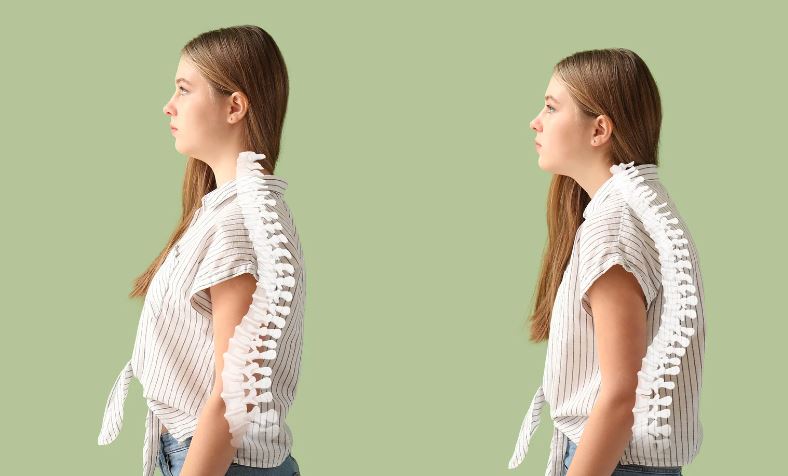
- Try complementary therapies: Several types of complementary therapy, such as acupuncture and spinal manipulation, may be helpful for relieving lower back pain.
Decompress Spine Exercise for Back Pain relief
Decompressing spine exercise will help you instantly have spine back pain relief but if it will hurt more then STOP doing it.
- One of the most common spine decompression is the dead hang. If you have any object that allows you to hang then just hang for 30 seconds to 1 minute. If it pains you then stop doing it because this is NOT the solution for you.
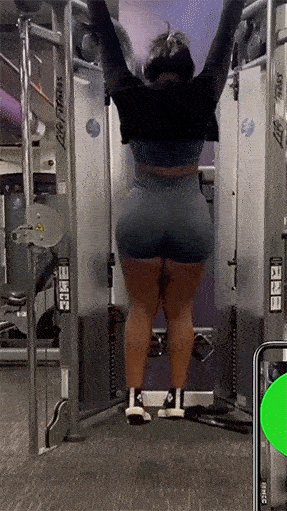
- Hang your self to any sturdy object in your house. Either from floating shelves, cabinet, or even the door. This will help your spine to auto correct itself by allowing gravity to realign it.
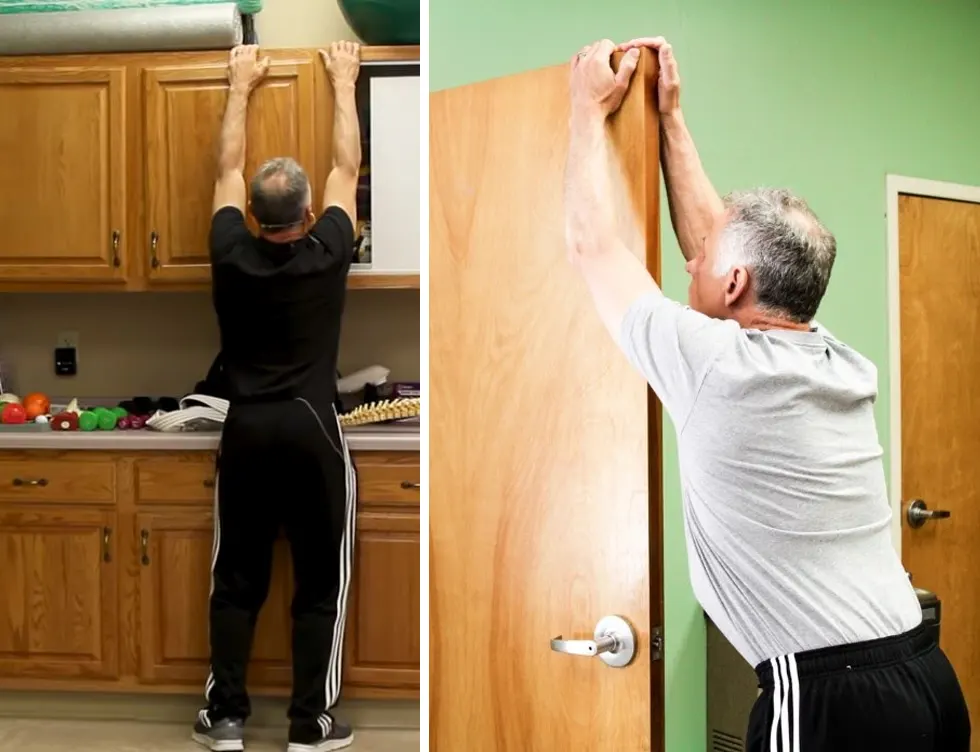
- Kneel your knees at put your knees wider than your shoulder. Put and stretch your hands in front and slowly lower your butt down and push it back.
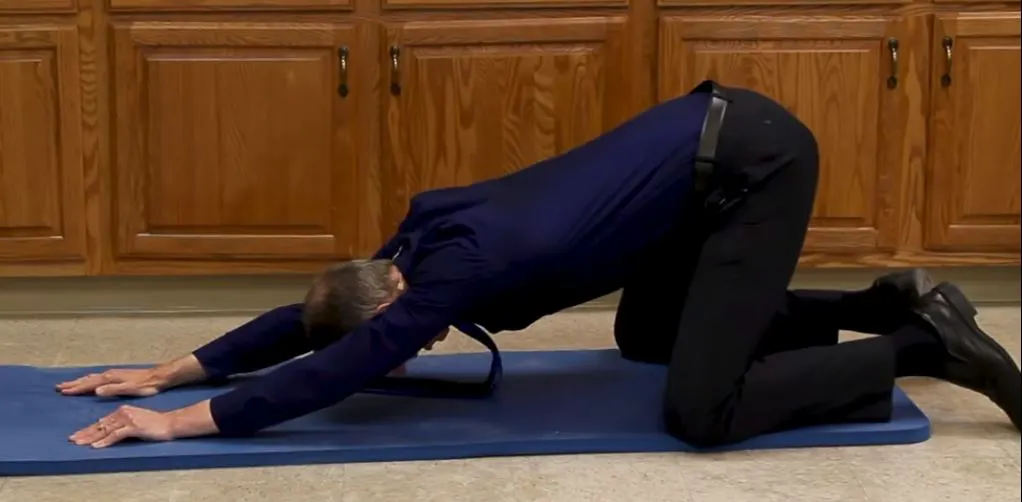
- Use 2 chairs or any object that can carry your weight. What will you do is hold both the object that is side by side and try to lift your self up. You can also do it in the corner of your house beside a table.
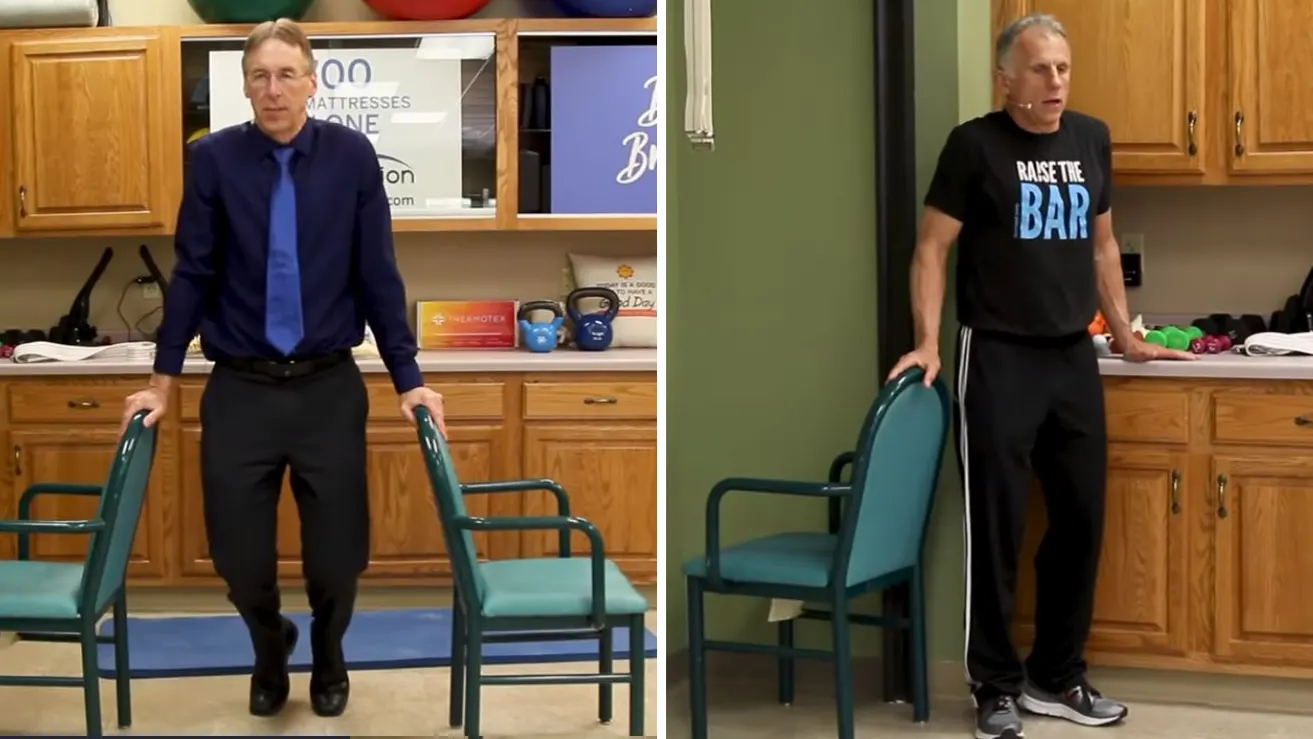
- You can also decompress spine using your couch or table.
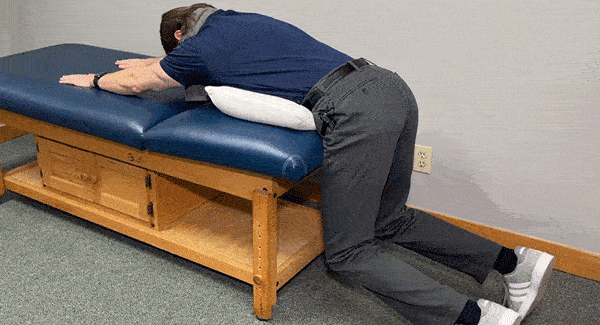
You can refer more from these videos:
- Spinal Decompression: Simple Easy DIY (3 Ways)
- How to Decompress Your FULL BACK for Instant Pain Relief
By trying these home remedies, you may be able to decompress your spine and reduce lower back pain. However, if your pain persists or worsens, it is important to seek medical attention to determine the underlying cause and receive appropriate treatment
FAQ about Lower Back Pain While Studying:
Here are some frequently asked questions about lower back pain while studying:


